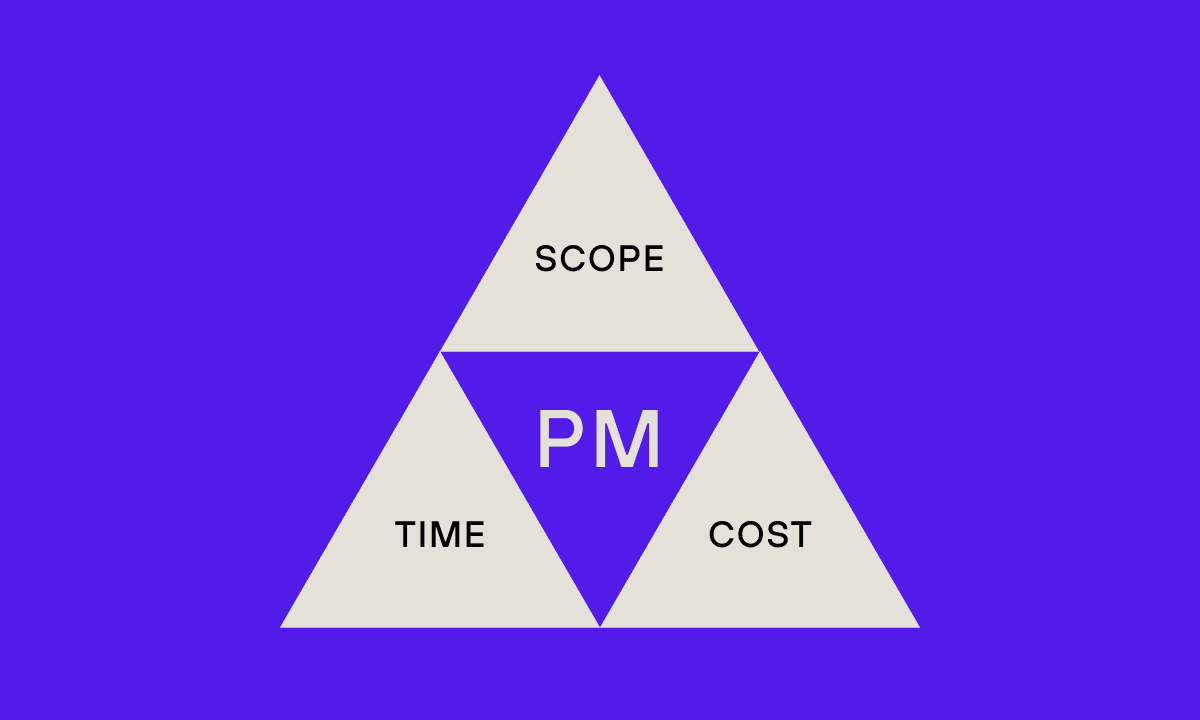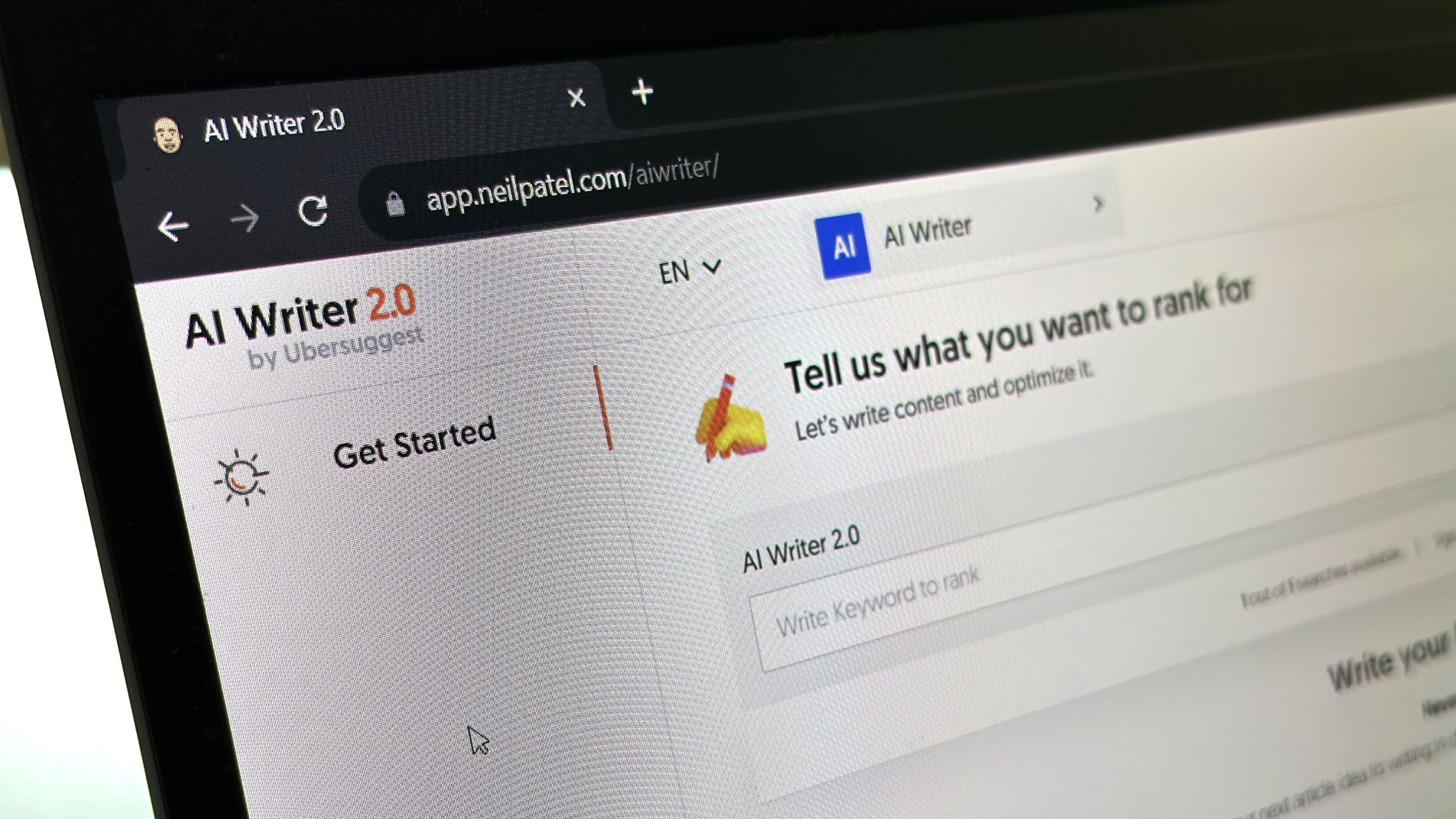Which Is the Best AI Blog Writing Tool?

Which Is the Best AI Blog Writing Tool?
Index
What’s the Best AI Blog Writing Tool? We Put 3 to the Test
Are you wondering what’s the best AI blog writing tool on the market? We’ve removed the guesswork for you by conducting an experiment using some of the most popular platforms. This is what we found… Right now, AI writers are more hyped than a Taylor Swift gig. With so many options and so much information – and misinformation – we decided it was time to put some software to the test. We set about creating and publishing three articles on the same topic with the assistance of three different AI writing tools – so we could analyse each platform and its processes, and compare results. We were primarily keen to analyse and measure the following factors in order to determine the best AI blog writing tool:
- AI tool usability and functionality: the process of content generation
- SEO value: Google page ranking/positioning and overall organic page views

Best AI Blog Writing Tool – 3 Options
At Hunt & Hawk HQ, we focused on a trio of leading AI writing tools. They were:
- AI Writer 2.0 by Ubersuggest: Part of Neil Patel’s NP Digital business
- ChatGPT: The OpenAI platform that everyone is talking about
- HubSpot’s AI blog writer: A popular product from one of the best CRM platforms on the market
Article Subject
We decided to create blog articles based on the longtail keyphrase: The Iron Triangle of Project Management.
Clearly, we could have chosen any number of topics but were primarily concerned with a keyphrase that had high search volume and reasonable competition. There is tons of existing online content that explores this theme.

Experiment Parameters
To create an even playing field for the experiment – or as close as we could get to it – we put clear parameters in place for the creation of the content from go to woe. Quite simply, we asked each platform to generate a blog-style article relating to the topic of ‘The Iron Triangle of Project Management’.
Note: Unsurprisingly, the blog creation process differs across the various platforms. See the ‘usability’ section of this article below for more. Once the trio had crafted its words, the only modifications we made to the three articles within their respective GDOCs were to:
- Amend the copy to Australian (British) spelling
- Add appropriate paragraph and sentence breaks for better readability
- Ensure headings and subheadings were all title case for uniformity — and for the 1% or so of extra SEO ‘juice’ that it provides
- Add in a CTA at the article end, with subtle differences between each piece
We then uploaded the articles to our WordPress blog one at a time but within minutes of each other.

Enhancing Their SEO-Ness
In line with our ‘level playing field’ objective – and to increase the articles’ value in the eyes of Google – we ensured each piece had ticked the same boxes, as prompted by the Rank Math SEO plugin we use. They included:
- Using the focus keyword inside the meta description
- Using the focus keyword in the URL*
- Adding imagery**
- Adding an image with the focus keyword as alt text
- Adding inbound and outbound links
*As exact URLs can’t be duplicated, the numbers ‘1’ and ‘2’ were added at the end of two of the blogs. **The same imagery was used across the three blogs, including the header graphic. However, the AI Writer 2.0 and HubSpot articles were notably longer in length than the ChatGPT blog, so they received a couple of extra images for increased readability.
We then altered the dates of the articles so they were scattered throughout our blog, and buried deep. Why did we do this? Firstly, having three articles with the same preview image visible on the blog would have created a poor UX for our website visitors. On face value, for the unsuspecting reader, it would’ve appeared as though we had uploaded the same article thrice. Amateurs.
Of more relevance to the experiment, and to keep the competition as fair as possible, we didn’t want the content to be easily visible on the site. Naturally, a reader would be most inclined to click on the first of the three articles – or possibly the last? – thereby skewing page view results. We were primarily interested in measuring the organic value of the content.
These factors aside, there were no further modifications to any article. We then used Google Search Console to confirm that all three blogs were indexed and crawled.

The Results
As mentioned at the top of this piece, we were primarily keen to analyse and measure each platform across the following areas in order to identify the best AI blog writing tool:
This is what we found…
- Usability and functionality
- Google page ranking/positioning
- Overall page views
Usability and Functionality – AI Writer 2.0
AI Writer 2.0 appears to be the best AI blog writing tool, as far as flexibility is concerned. After being prompted to add in your chosen keywords or keyphrase, it provides you with a selection of page titles, introductory paragraphs, subheadings, additional paragraphs, and conclusions to choose from.
If those handful of suggestions are not to your liking, the tool easily allows you to add alternatives and/or regenerate the content. AI Writer 2.0 ‘loves a chat’, spitting out a comprehensive article that’s well laid out and scannable. It’s an intuitive and easy-to-use tool for generating content.
AI Writer 2.0 Ratings
9/10
8/10
8/10
Since we created this article, AI Writer 2.0 has updated its free platform and restricted those flexible features to an upgraded version. As we are measuring the best AI blog writing tools from a ‘free’ perspective, this has led to us giving AI Writer 2.0 a revised flexibility rating of 4/10.

Usability and Functionality – ChatGPT
Compared to the other two platforms, ChatGPT was a little on the ‘lazier’ side. When prompted to create an article ‘between 800-1000 words’, it steered towards the lesser end of the requested word count.
In our experience, ChatGPT tends to provide the bare minimum of characters. In short, you get what you ask for – and not much else. It needs a fair nudge if you’re looking for more detail. What it does do well, though, is formulate a clear and concise article, with a headline, introduction, main body, and conclusion.
And the platform is super simple to use and easily regenerates content if you’re not satisfied with its original creation. Additionally, you can reword your prompts to improve variation.
ChatGPT Ratings
9/10
7/10
3/10

Usability and Functionality – HubSpot
HubSpot is a workhorse – at least with a bit of prompting. If writing an article from scratch, you can start it by instructing HubSpot to ‘generate ideas’ – which prompts the software to provide a list of suggested topics. You can then build an article, paragraph by paragraph, from these suggested topics.
Key to the way HubSpot’s blogging tool works is to keep prompting it to generate and expand on the suggestions it has just made. For example, after asking HubSpot to generate an outline for your article, you can continually ask it to expand upon the various H2 and H3 headings it creates by populating each respective field with paragraphs of copy.
This has obvious pros and cons. On the one hand, HubSpot is adept at providing a generous amount of well-written content at the click of a button. But what HubSpot struggles with is concluding a paragraph and allowing the narrative to continue to flow naturally on to the next one.
That’s because HubSpot tends to treat each section of copy as a standalone piece – often ending each with an ‘in conclusion’ and starting the next paragraph with an unwanted introduction. ‘Survival of the densest’ is how we would sum up the end result – well-written, wordy copy stuffed with keywords that help boost Google rankings, but which also require plenty of editorial oversight.
HubSpot Ratings
7/10
8/10
4/10
